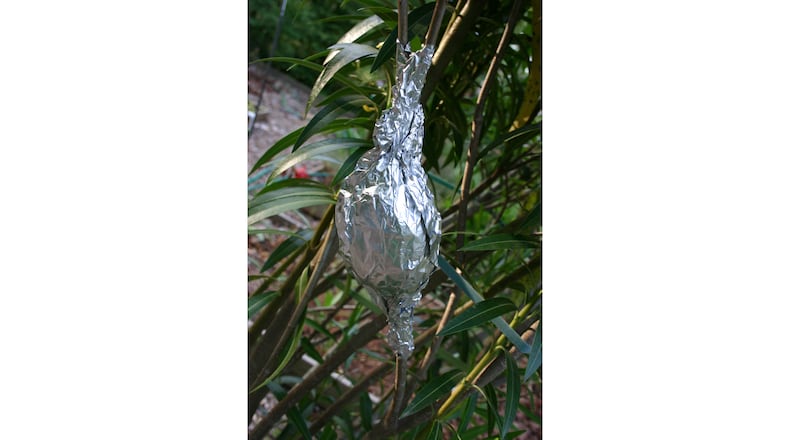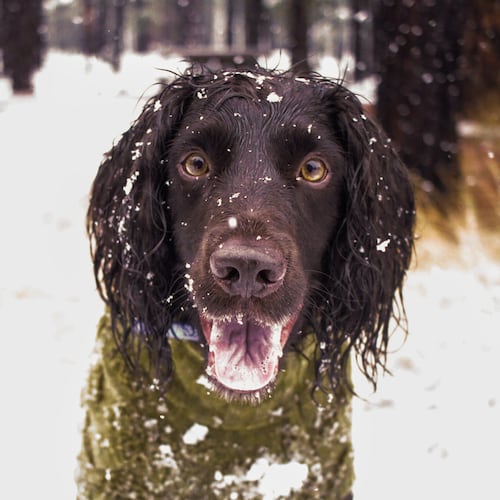Q: I am interested in refining my air layering skills. I have watched many online videos, and I have had very good success with citrus trees such as lemon, lime, and mandarin orange. However, I am having great difficulty air layering Japanese maple trees and non-fruit-bearing weeping mulberry trees. Why am I not having success with these when I use the same techniques as I do with the citrus trees? Barry Gilbert, email
A: Air layering is a great way to produce new plants that are identical to the parent by encouraging small limbs to form roots while attached to the main plant. The process involves wounding a limb and wrapping the wound with sphagnum moss that’s kept moist for eight to 12 weeks. After roots have formed in the moss, the rooted limb can be clipped off and planted. Once you are familiar with the simple steps, success with some plants comes easily. But plants differ from one another. Some need high temperatures for roots to form; some have to be at a particular stage of growth before roots will form. Your Japanese maple and mulberry must require different propagation techniques from your other plants. I’m not an air layering expert, but I do have some thoughts on why your attempts to root Japanese maple and mulberry might have failed.
1. Failure to control moisture in your rooting medium: If it gets too wet or too dry, even for a couple of days, the roots suffer. Check the top of the plastic wrap to be sure rainwater is not coming down the stem and going into the rooting space. I use black electricians tape to seal the edge of the plastic to the bark. The gardener should be the only person adding moisture to the moss inside the plastic wrap. A hypodermic needle can be used to add water if it seems too dry.
2. Failure to control temperatures inside the rooting ball: Be sure the plastic wrap is shaded if it might be in full sun at any time. It will heat up quickly if sunlight passes through the plastic. Aluminum foil works well for shade, but you could also slide an opaque plastic cup down over the ball to shade it.
3. Failure to do the rooting at the right time of year: Trees differ greatly in the best time to air layer. Spring is usually the best time, but early autumn is another good time to try.
4. Failure to try different equipment: Look online for air rooting balls and air rooting cups. Rooting hormone put on the wound accelerates root growth.
I have more details on air layering, plus an excellent video at bit.ly/GAlayer.
Email Walter at georgiagardener@yahoo.com. Listen to his occasional garden comments on “Green and Growing with Ashley Frasca” Saturday mornings on 95.5 WSB. Visit his website, walterreeves.com, or join his Facebook page at bit.ly/georgiagardener for his latest tips.
About the Author
Keep Reading
The Latest
Featured



